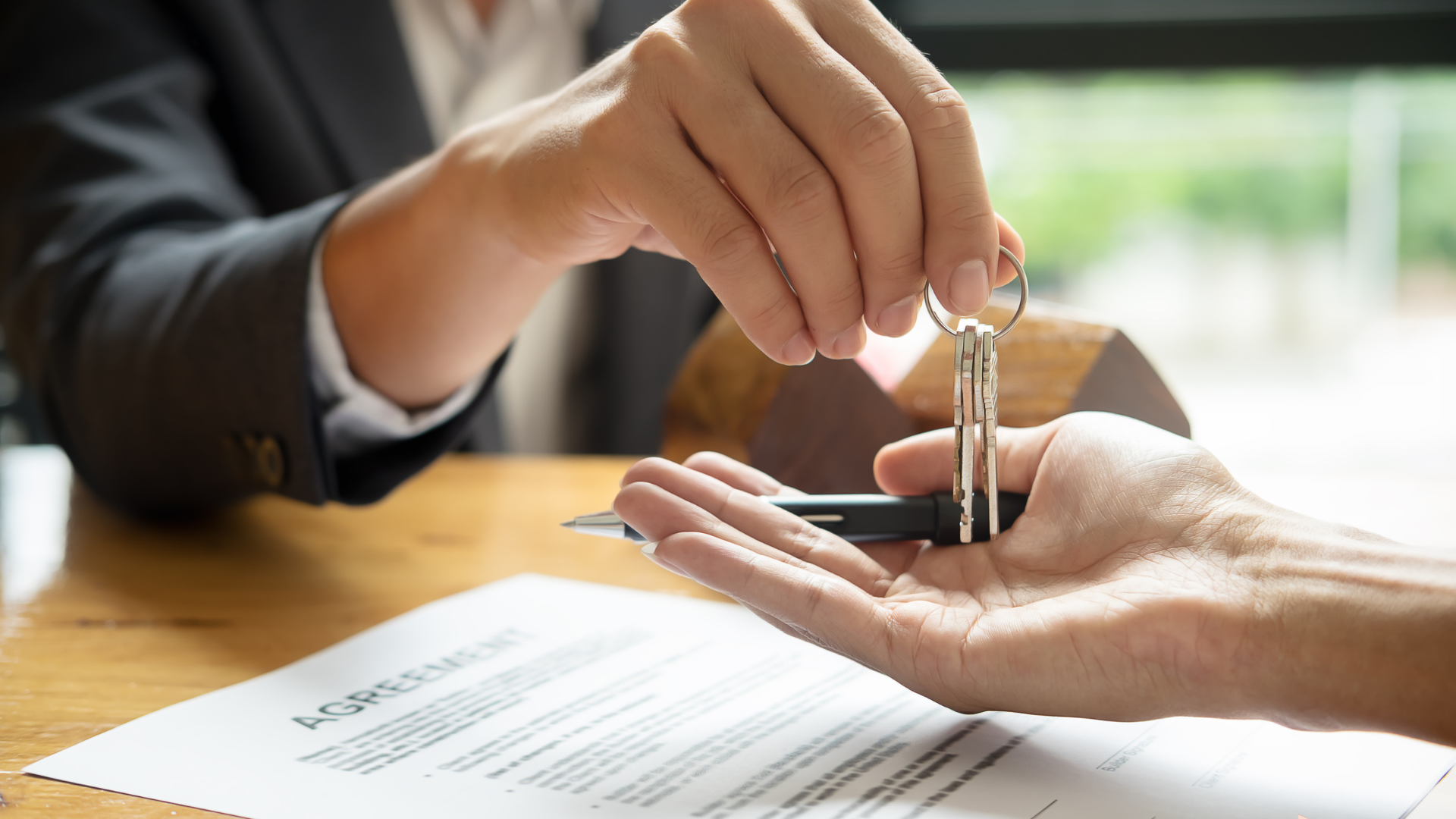Insights

No room for jargon in leasehold
15 May 2024If you laid your eyes on our article: Flexible Offices: The Ultimate Choice, you are already prepared for our guide on how to avoid jargon in the leasehold property market.
When you are attending viewings and consultations, people tend to throw a lot of jargon your way. As someone who has never worked in property, you might find yourself nodding along but secretly confused. CAT A, CAT B, CAT A+… it’s like the leasehold market is the crazy cat lady of professional services. But fear not, I’m here to demystify it for you so you never have to stand there pretending to understand again.
So, let’s go back to the basics.
Leasehold property, occasionally referred to as traditional, means having the rights to a property and all of its upkeep (commonly known as ‘repair’), throughout the whole duration of the lease. Leasehold office space is often agreed for 3, 5, 10 and even up to 15 years, with a potential break if agreed upon before signing.
Within the subject of ‘leases’, there are subcategories to consider:
Direct lease: fairly straightforward between the tenant (you) and the landlord.
Sublease: refers to a tenant who, with the approval of the landlord, leases the property to another tenant.
Assignments: this is when a tenant wants to rid themselves of liability and commitment to the property, so they find a new tenant to continue their lease.
Typically, leasehold properties are aimed at companies that are in the settled stage of headcount, looking to take control of their costs. Companies opting for leasehold have a high probability of having solid business foundations and want to foster a strong company culture by setting down some roots to who they are in their environment.
When you opt for a leasehold property for your new HQ , you’ll also be hearing a lot of fit-out terms. The fit-out refers to what the space is like behind office doors when you move in. The three most common terms you’ll hear are CAT A, CAT B, and CAT A+.
CAT A – is the basic fit-out and provides a blank canvas for companies to make customisations from scratch. It typically still includes lighting, raised access flooring, air conditioning, toilets, and grid ceilings.
CAT B – is essentially move-in ready. It offers a fully operational workplace that has been designed to a client’s specifications. It includes partitions, doors, desired lighting, kitchenette, furniture, and brand customisations.
CAT A+ – serves as a hybrid model between CAT A and CAT B. Landlords have opted to offer flexible space under a lease program. CAT A+ is move-in ready for a tenant but the tenant can still add their brand customisations to the design.
You’ll more often than not hear the term: shell and core fit out too. This refers to the buildings’ condition before any sort of fit-out takes place. Shell and core will effectively be the solid concrete floor and exposed concrete ceiling or ‘soffit’ – another piece of jargon to bust. Agents will refer to ‘slab to slab’ ceiling heights for example.
Securing a leasehold property comes with many benefits. In a nutshell, you are in the driver’s seat, and you can navigate exactly what you want to do with your space. You have complete control over all lease components, including costs, customisations, installations, and growth.
It is important to note that a leasehold arrangement is ideal for companies prepared to assume full liability. You benefit from complete transparency of your out-goings, however, if your company is not at a stage of sustainable growth then perhaps, for now, a flexible office is best for you.
There you have it, a simplified and easily digestible explanation of the leasehold basics. For more information on leasehold properties, visit our leasehold page on our website.
Written by Olivia Hunt

